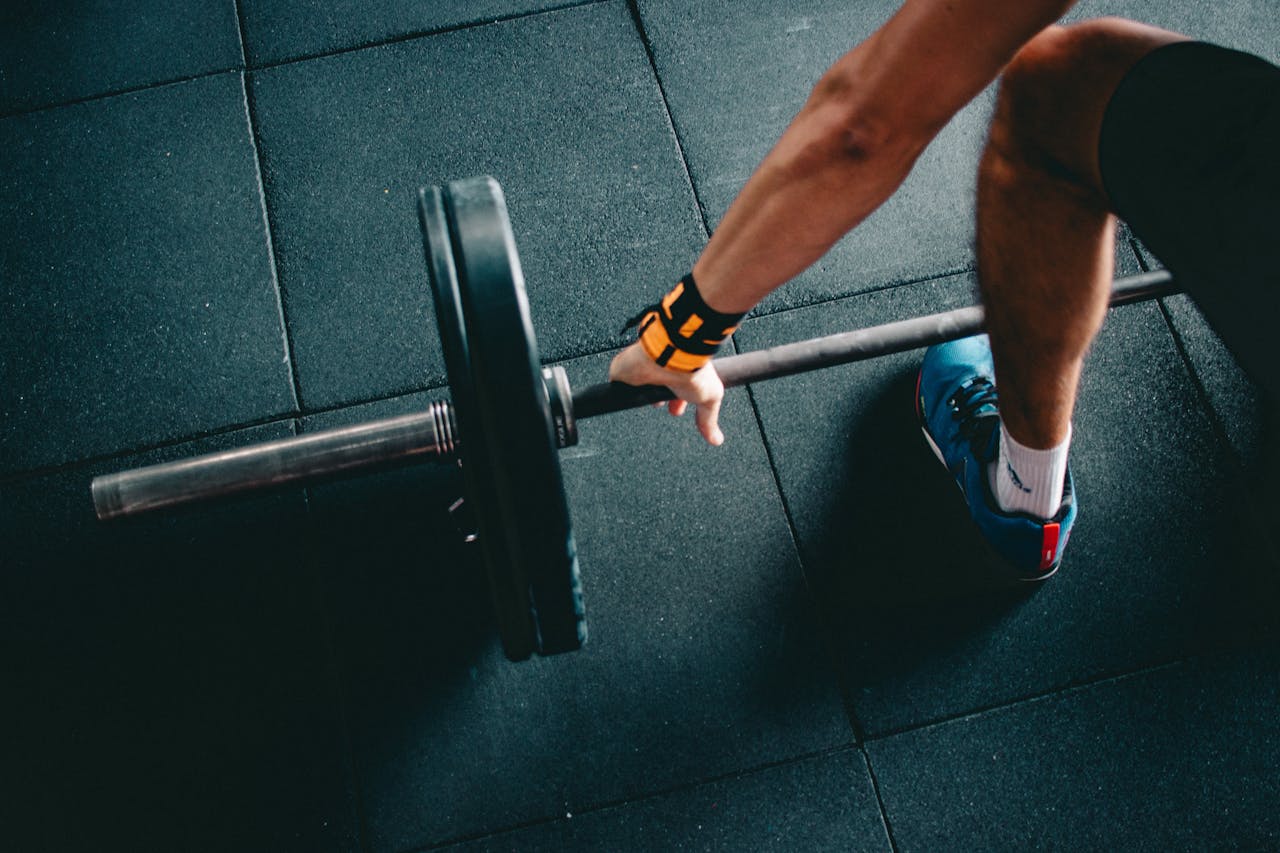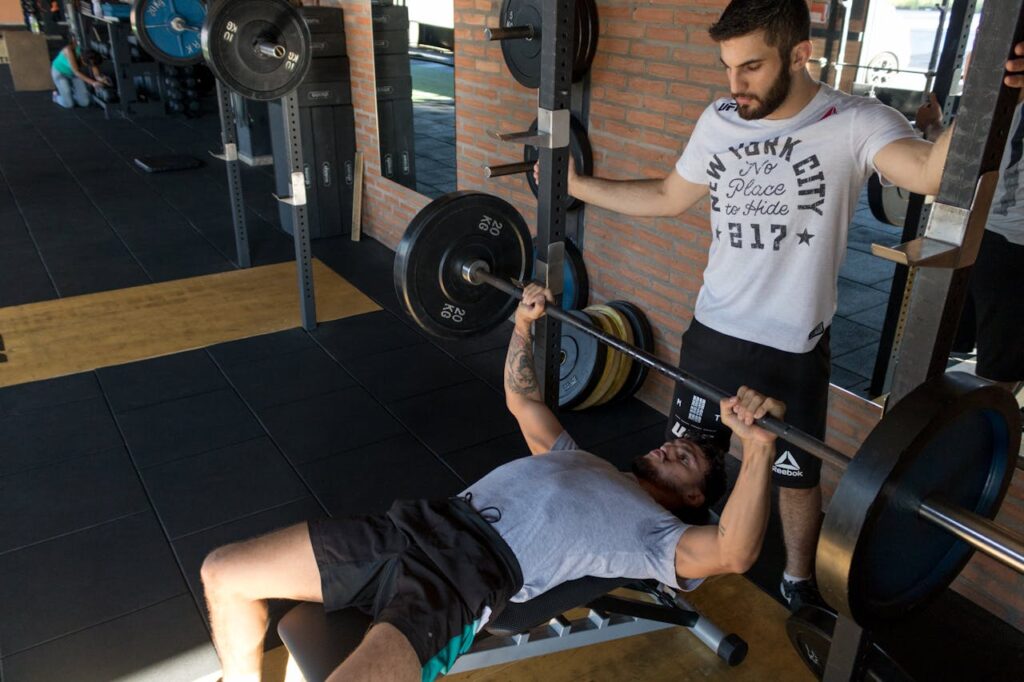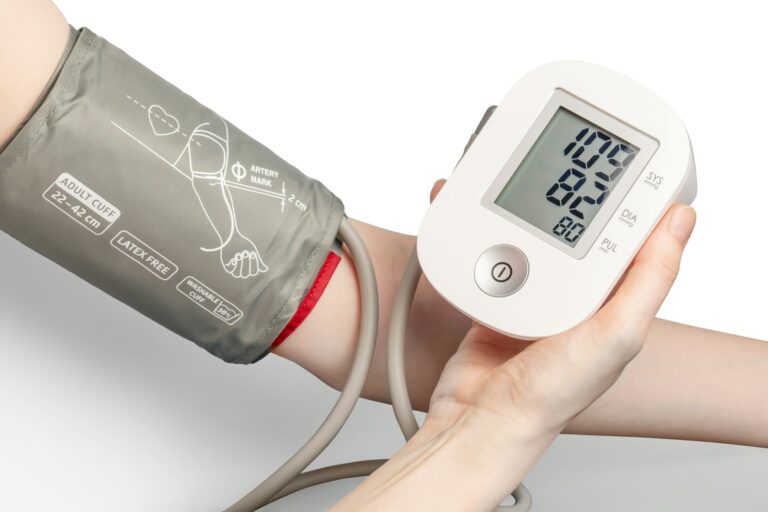Ketogenic Athletes: How To Master Pre-Workout Carb Manipulation

- Should You Train To Muscle Failure Every Set? What You Need To Know - March 4, 2025
- Nutrition in a Hurry: Top Post-Workout Snacks for Active People - February 20, 2025
- 15 Healthy Meal Prep Recipes: Your Weight Loss Made Easy - February 18, 2025
If you’re a ketogenic athlete, you can strategically manipulate pre-workout carbs to optimize performance while maintaining ketosis. Start by consuming 15-30g of fast-acting carbohydrates 30-45 minutes before high-intensity training, or 20-40g of complex carbs 60-90 minutes before moderate workouts. Calculate your specific needs by multiplying your lean body mass by 0.5-1.5g, depending on exercise intensity. Choose easily digestible sources like bananas, berries, or sweet potatoes, and pair them with healthy fats for sustained energy. Your fat adaptation period typically requires 4-12 weeks, after which you’ll discover the perfect balance between ketosis and athletic performance.
Key Takeaways
- Fat-adapted athletes should start with 15-30g of fast-acting carbs 30-45 minutes before high-intensity workouts.
- Calculate individual carb needs by multiplying lean body mass by 0.5-1.5g, depending on the workout intensity level.
- Choose easily digestible carb sources like bananas or berries and healthy fats for sustained energy release.
- Monitor performance and adjust pre-workout carbs by 10-15g if experiencing mid-workout energy crashes.
- Allow 4-12 weeks for proper fat adaptation before fine-tuning pre-workout carbohydrate manipulation strategies.
Understanding Ketosis and Athletic Performance
While the body typically relies on glucose for energy, ketosis represents an alternative metabolic state where fat becomes the primary fuel source. When you restrict carbohydrates to less than 50g daily, your body shifts into ketosis, producing ketone bodies from stored fat to fuel your muscles and brain.
The ketosis benefits for athletes include enhanced fat oxidation, improved metabolic flexibility, and reduced reliance on glycogen stores. However, the performance impact varies by sport type and intensity. You’ll likely maintain or improve performance in endurance activities, while high-intensity, explosive movements may initially decline as your body adapts. Research suggests that once you’re fat-adapted (typically 4-12 weeks), many athletes report sustained energy levels and reduced bonking during prolonged training sessions. Your response will depend on training style, adaptation period, and metabolic efficiency.
Timing Carbs Before Training

The strategy of carbohydrate timing represents a distinct approach from ketogenic training methods. When planning to incorporate strategic carbs before training, you’ll need to consider both the timing and quantity based on your workout intensity.
For high-intensity sessions, consume 15-30g of fast-acting carbs 30-45 minutes pre-workout. This provides readily available glucose while maintaining metabolic flexibility. For moderate-intensity training, you can extend this window to 60-90 minutes before exercise, using 20-40g of complex carbohydrates.
Your carb timing should align with your training schedule and metabolic state. If you’re fully fat-adapted, you might require fewer pre-workout carbs, while those new to ketogenic training may benefit from slightly higher amounts to maintain performance during the adaptation phase.
Optimal Pre-Workout Carb Sources
Selecting appropriate carbohydrate sources before training can greatly impact your workout performance and metabolic response. You’ll want to focus on easily digestible options that provide sustained energy without causing gastrointestinal distress.
For fruit sources, opt for bananas, berries, or apples, which offer quick-acting glucose alongside beneficial fiber. Consider nut options like macadamia or almonds paired with vegetable choices such as sweet potatoes or carrots for sustained energy release. Grain alternatives including quinoa or rice can provide complex carbohydrates when consumed 2-3 hours pre-workout.
Smart snack ideas combine these elements: try apple slices with almond butter or banana with a small portion of quinoa. Additionally, incorporating fast-digesting carbs can help ensure you have immediate energy available for your workout. Remember to integrate hydration strategies by consuming water-rich fruits and vegetables while maintaining adequate fluid intake throughout your pre-workout window.
Calculating Your Carbohydrate Needs
Understanding your carbohydrate requirements forms the foundation of effective pre-workout nutrition planning. To calculate your needs, multiply your lean body mass in pounds by 0.5-1.0 grams for low-intensity days and 1.0-1.5 grams for high-intensity training sessions. This creates the framework for strategic carb cycling.
You’ll need to adjust these baseline calculations based on your energy balance and performance goals. Track your workout performance, recovery, and energy levels to fine-tune your intake. If you’re experiencing mid-workout fatigue, increase your pre-workout carbs by 10-15 grams. Conversely, if you’re feeling sluggish or bloated, reduce the amount by similar increments. For glycogen-depleting activities lasting over 90 minutes, consider adding 30-45 grams of additional carbohydrates to your pre-workout meal. Additionally, maintaining a high-fat diet can support your energy levels during intense workouts while adhering to keto principles.
Maintaining Ketosis During Training

For athletes committed to ketogenic diets, maintaining ketosis during training requires careful pre-workout nutrition planning to avoid blood sugar spikes while guaranteeing adequate energy. You’ll maximize ketosis benefits while preserving training adaptations by following specific timing and intake protocols.
| Timing | Supplement | Target Effect |
|---|---|---|
| 2h Pre | MCT Oil | Ketone Boost |
| 1h Pre | Electrolytes | Hydration |
| 30m Pre | BHB Salt | Energy Surge |
| During | BCAA | Muscle Sparing |
You’ll need to monitor your ketone levels before, during, and after workouts to verify you’re maintaining ideal ranges. Most athletes find success keeping blood ketones between 1.0-3.0 mmol/L throughout training sessions. If levels drop below 0.5 mmol/L, adjust your pre-workout protocol by increasing fat intake or reducing intensity temporarily.
Post-Exercise Metabolic Considerations

After intense training sessions, your body enters a critical metabolic window where nutrient timing and selection directly impact recovery outcomes and substrate utilization patterns. During this period, you’ll need to carefully balance your recovery strategies to maintain ketosis while addressing glycogen depletion in targeted muscle groups. Focus on consuming moderate protein (0.25-0.3g per kg of body weight) within 30 minutes post-exercise to optimize muscle protein synthesis without disrupting ketone production.
If you’re training at high intensities, consider implementing targeted carbohydrate replacement only in muscle groups that underwent significant glycogen depletion. You can effectively restore muscle glycogen by consuming 25-50g of fast-acting carbohydrates immediately post-workout while still preserving your body’s overall keto-adapted state. Additionally, proper post-workout nutrition is essential for muscle recovery and replenishing energy stores. [source].
Adaptation Period
It’s important to note that proper fat adaptation typically requires 4-12 weeks. During this time, your body becomes more efficient at utilizing fat for fuel. After this period, you can fine-tune your pre-workout carbohydrate manipulation strategies based on your individual response and performance goals [source].
By carefully implementing these strategies, ketogenic athletes can effectively balance their need for performance-enhancing carbohydrates with their goal of maintaining a state of nutritional ketosis. Remember to monitor your performance and adjust your approach as needed to find the optimal balance for your unique physiology and training demands.
Success Stories and Research Results

Recent clinical studies validate the effectiveness of strategic pre-workout carb manipulation. Research findings from a 2022 meta-analysis of elite endurance athletes show that 87% experienced improved performance when following targeted carb-loading protocols. Success stories include Olympic athletes who’ve mastered the timing of their pre-workout nutrition, resulting in enhanced power output and sustained energy levels.
You’ll find compelling evidence in studies tracking professional cyclists who’ve adopted periodic carb manipulation strategies. Their results demonstrate a 12% increase in time-to-exhaustion and a 9% boost in peak power output. The research consistently shows that athletes who precisely time their carb intake achieve superior metabolic flexibility, allowing them to efficiently utilize both glucose and fat for fuel during high-intensity training sessions.
Frequently Asked Questions
Can I Take Exogenous Ketones While Carb Loading Before Intense Workouts?
You shouldn’t combine exogenous ketones with carb loading, as they work through opposing metabolic pathways. This combination can cause digestive distress and negate the benefits of both approaches.
How Do Altitude and Temperature Affect Carb Requirements for Keto Athletes?
Picture climbing Everest: you’ll need 15-20% more carbs as altitude effects increase glucose demands, while cold temperature influences heightens metabolism. You’ll require strategic carb adjustments to maintain performance above 5,000 feet.
Are There Specific Supplements That Help Transition Between Fuel Sources?
You’ll find ketone esters support metabolic flexibility while MCT oil, electrolytes, and B vitamins enhance your body’s adaptation. L-carnitine can improve fat utilization during glycogen replenishment between training sessions.
What Blood Glucose Levels Should Keto Athletes Maintain During Competition?
You’ll want to maintain blood glucose between 70-90 mg/dL during competition, though individual performance metrics vary. Measure regularly, as your ideal range might fluctuate with training intensity and adaptation.
How Does Menstrual Cycle Affect Carb Tolerance in Female Keto Athletes?
You’ll notice higher carb tolerance during your follicular phase and decreased tolerance during the luteal phase. Insulin sensitivity fluctuates throughout your menstrual cycle, requiring periodic adjustments to maintain ketosis.
Summary
You’ll find that strategic carb manipulation for ketogenic athletes requires a delicate balance between performance optimization and metabolic flexibility. While traditional sports nutrition emphasizes constant carbohydrate fueling, the evidence demonstrates that well-adapted keto athletes can effectively utilize both ketones and targeted carbs. By implementing these evidence-based timing and dosing protocols, you’re positioned to maintain ketosis while maximizing your athletic performance through metabolic efficiency.
Table of Contents







